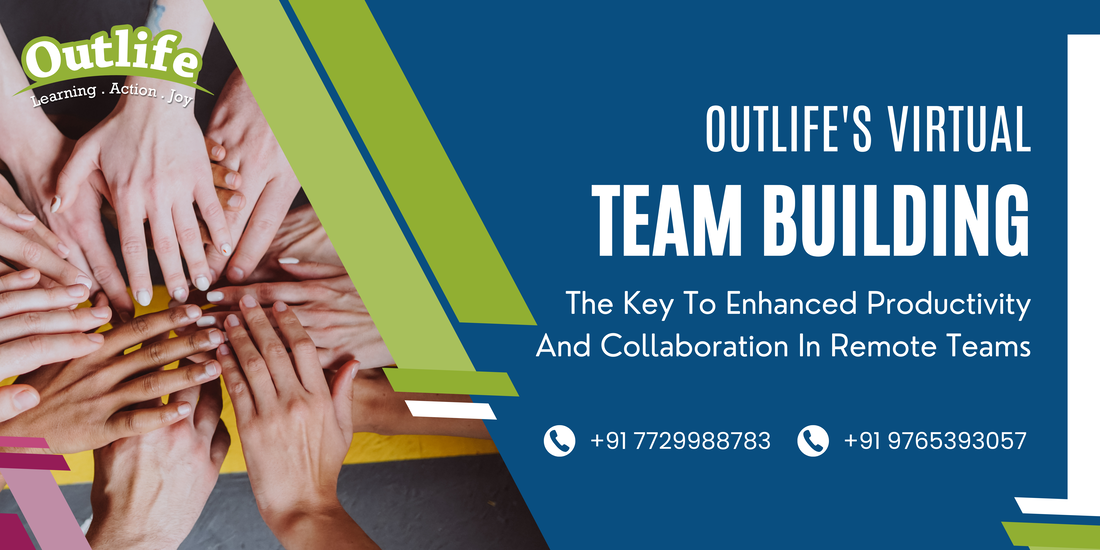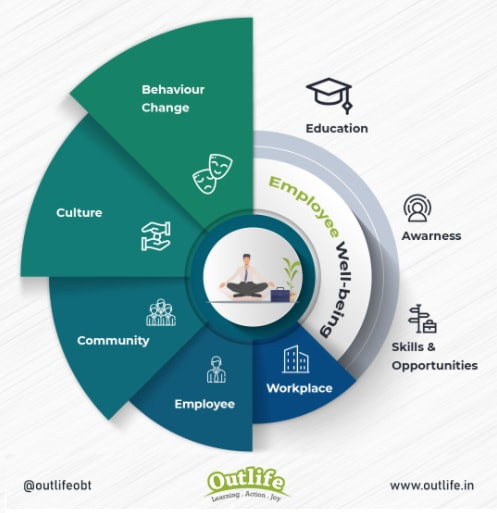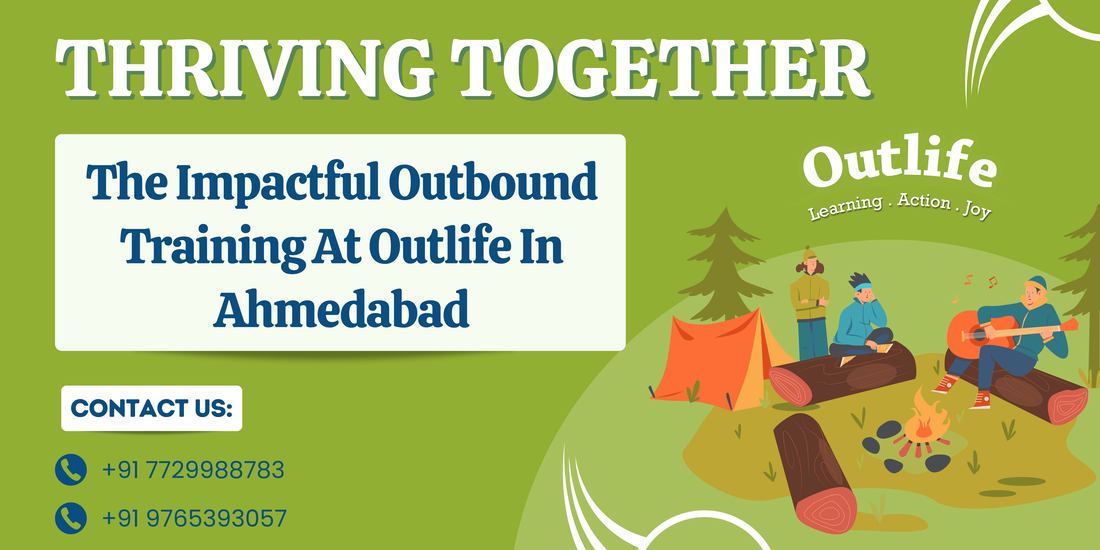Outlife's Virtual Team Building: The Key to Enhanced Productivity and Collaboration in Remote Teams3/26/2024 In today’s digital era, the concept of remote work has transformed from a mere possibility to a widespread reality. Companies across the globe are increasingly adopting remote working arrangements, which, while offering flexibility and a broader talent pool, also present unique challenges in team dynamics and collaboration among remote employees.
The Necessity of Virtual Team Building Enter Outlife’s Virtual Team Building programs — a cutting-edge solution designed to bridge the gap between distance and teamwork, thereby unlocking enhanced productivity and collaboration within remote teams. Virtual Team Building is no longer a luxury; it’s a necessity. As remote work becomes the norm, the need for teams to connect, understand, and work efficiently with one another despite geographical barriers has never been more critical. Outlife’s Solution: Bridging Distance with Teamwork This is where Outlife shines, offering an innovative suite of virtual team-building activities tailored to foster a sense of unity, trust, and open communication among remote team members. Outlife’s programs are meticulously crafted to simulate the collaborative spirit of an in-office environment, ensuring that remote teams can experience the camaraderie and engagement essential for a thriving workplace culture. Boosting Productivity Through Engaging Activities From interactive virtual team games to online team-building activities, Outlife’s activities are designed not only to entertain but also to build essential workplace skills such as leadership, communication, and adaptability. The impact of such initiatives on productivity and collaboration is profound. Teams that participate in Outlife’s online team-building exercises report significant improvements in understanding each other's strengths and weaknesses, leading to more effective task delegation and project management. Customizable Programs for Diverse Team Needs Moreover, Outlife’s virtual team-building programs offer the flexibility to accommodate various team sizes and are customizable to align with specific organizational goals. Whether it’s fostering innovation, improving problem-solving skills, or simply boosting morale, Outlife has a solution that can be tailored to meet the unique needs of any corporate team. Unlocking Remote Teams' Potential with Outlife In conclusion, as businesses continue to navigate the complexities of remote work, the importance of maintaining a connected and collaborative team cannot be overstated. Outlife’s Virtual Team Building is the key to unlocking the full potential of remote teams, ensuring that distance no longer hinders productivity and collaboration. By investing in virtual team games and online team-building activities, companies can cultivate a more engaged, motivated, and efficient workforce, poised to thrive in today’s digital workplace
0 Comments
Outlife offers a wide range of employee engagement activities, including team-building adventures, wellness programs, and recognition initiatives, to boost morale and foster a positive work culture. Boosting employee morale and productivity is a top priority for businesses aiming to create a positive, collaborative work environment. Outlife offers a variety of employee engagement activities, from outdoor adventures to virtual team-building, designed to enhance collaboration, boost morale, and ignite engagement among employees. Engaged employees are emotionally committed and passionate about their work, leading to increased productivity and business success. Employee Engagement Employee engagement refers to employees' enthusiasm, motivation, and commitment toward their work and workplace. Examples of employee engagement include employees who are highly motivated and committed to the organization's mission and values. Employee engagement activities are essential for reducing turnover, improving innovation, and fostering a positive work culture. Challenges with employee engagement include lack of communication, recognition, and growth opportunities. Signs of low employee engagement include high turnover, conflicts, and a decline in productivity. Signs of high employee engagement include trust, retention, and high customer satisfaction. Boosting morale and productivity through employee engagement activities has numerous benefits, including creating a positive work culture, building teamwork, and fostering personal growth. Employee engagement can be enhanced through open communication, recognition, career development, and work-life balance initiatives. Understanding Employee Engagement Employee engagement refers to the emotional commitment and connection employees have with their work, colleagues, and the organization. Engaged employees are passionate, motivated, and actively seek ways to contribute to the success of the company. The Importance of Employee Engagement Activities
Engaged employees are more likely to stay with the company, reducing turnover and associated costs. Engaged employees are more productive, collaborative, and innovative, leading to better business outcome Challenges with Employee Engagement
Signs of Low and High Employee Engagement
Benefits of Boosting Morale and Productivity
How to Improve Employee Engagement
The Importance of Promoting Employee Engagement in the Workplace
Employee Engagement Strategy | Solutions and Ideas
Different Types of Employee Engagement Activities
Dear Outlife Outbound Training Team,
I am writing to express my heartfelt gratitude for the incredible experience I had at your Outbound Leadership Training Program in Ahmedabad. The program, without a doubt, surpassed all my expectations and left an indelible mark on my professional and personal development. From the moment I stepped into the serene and well-equipped training facility, I could sense the commitment and passion of the Outlife team. The training sessions were not just about acquiring leadership skills; they were about pushing boundaries, fostering teamwork, and instilling a sense of self-discovery. The trainers were not only experts in their field but also adept at creating an engaging and supportive environment. The highlights of the program was the diverse range of activities that were seamlessly woven into the curriculum. From high ropes courses to team-building exercises, each activity challenged us to step out of our comfort zones and embrace new perspectives. The hands-on approach allowed me to apply leadership principles in real time, reinforcing the theoretical concepts discussed during the classroom sessions. The personalized feedback sessions were a game-changer. The trainers took the time to understand each participant's strengths and areas for improvement, providing constructive and actionable feedback. This individualized approach not only boosted my confidence but also empowered me to make tangible improvements in my leadership style. Moreover, the scenic backdrop of Ahmedabad added a unique charm to the entire experience. The well-planned outdoor activities provided a refreshing break from the traditional classroom setting and contributed to a holistic learning atmosphere. In addition to the skills gained, the networking opportunities with fellow participants were invaluable. The diverse group brought together professionals from various industries, fostering an environment of collaborative learning and idea exchange. I am confident that the skills and insights gained from the Outbound Leadership Training Program will have a lasting impact on my career trajectory. The investment in this program is not just an investment in professional development but a commitment to personal growth and leadership excellence. I wholeheartedly recommend the Outbound Leadership Training Programs at Outlife Outbound Training to anyone looking to enhance their leadership skills in a dynamic and supportive environment. Thank you for an unforgettable experience that has truly transformed my approach to leadership. Best regards, Sachin Srivastava / Chief Marketing Officer From Teach for India |
Archives
April 2024
Categories
All
|
Our Programs
OUR TRAINING DELIVERY LOCATIONS:
Ahmedabad, Bangalore, Chennai, Kolkata, Delhi, Goa, Hyderabad, Mumbai, Pune, Vizag - India
Ahmedabad, Bangalore, Chennai, Kolkata, Delhi, Goa, Hyderabad, Mumbai, Pune, Vizag - India




 RSS Feed
RSS Feed
